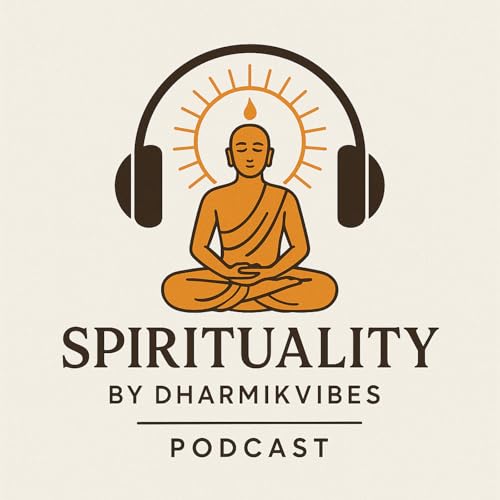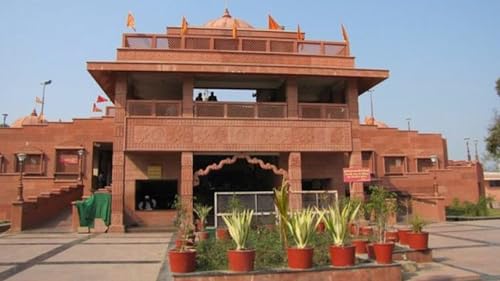Puja (पूजा) in Hinduism is an act of devotion through which a devotee connects with the Divine. These rituals vary from simple offerings of flowers and water at home, to elaborate temple ceremonies with multiple priests. They are performed for health, wealth, protection, spiritual growth, planetary balance, and peace for ancestors.India, with its Jyotirlingas, Shakti Peethas, Char Dhams, Navagraha temples, river ghats, and ancestral shraddh sites, offers innumerable puja opportunities. Today, spiritual platforms such as DharmikVibes, DivineAI, and DharmikGuide preserve and explain these traditions, making them accessible worldwide.Main Categories of Pujas1. Shiva Pujas* Rudrabhishek Puja – bathing the Shivling with Panchamrit, chanting Rudra mantras.* Laghu Rudra Abhishek – advanced Rudra chanting with offerings.* Maha Rudra Abhishek – elaborate worship with many priests.* Mahamrityunjaya Jaap – mantra chanting for longevity & health.* Shivaratri Abhishek – night-long vigil and worship.Famous Temples: Trimbakeshwar, Kashi Vishwanath, Somnath, Baidyanath (Deoghar), Rameswaram, Omkareshwar, Grishneshwar.2. Vishnu & Satyanarayan Pujas* Satyanarayan Katha – for family peace and prosperity.* Vishnu Sahasranama Archana – chanting of 1000 names.* Panchamrit Abhishek – offerings of five sacred substances.* Ram Puja, Krishna Puja, Balaji Puja – devotion to avatars of Vishnu.Temples: Tirupati Balaji (Andhra Pradesh), Jagannath Puri (Odisha), Dwarkadhish (Gujarat), Mathura–Vrindavan (UP).3. Devi Pujas (Shakti)* Durga Puja & Navratri Havan – during Navratri for strength and blessings.* Kali Puja – to destroy ego and negativity.* Baglamukhi Puja – protection against enemies, success in disputes.* Lalita Sahasranama Archana – worship of the Divine Mother.* Lakshmi Puja (Diwali, Fridays) – for wealth & prosperity.* Saraswati Puja (Vasant Panchami) – for learning and wisdom.Shakti Peeth Temples: Kamakhya (Assam), Vaishno Devi (Jammu), Jwalamukhi (HP), Tarapith (WB), Vindhyachal (UP), Meenakshi Temple (Madurai).4. Hanuman & Ganesh Pujas* Hanuman Chalisa Paath* Hanuman Jayanti Puja* Sankat Mochan Puja – for removal of obstacles.* Ganesh Chaturthi Puja – with Ganesh sthapana, modak offerings.* Ganapati Atharvashirsha PaathTemples: Siddhivinayak (Mumbai), Hampi Anjaneya, Salasar Balaji (Rajasthan), Hanuman Garhi (Ayodhya).5. Navagraha & Planetary Pujas* Navagraha Shanti Puja – balancing all nine planets.* Mangal Dosh Nivaran Puja – pacifies malefic Mars.* Shani Shanti Puja – for Saturn-related difficulties.* Rahu–Ketu Shanti Puja – done in Srikalahasti.* Chandra, Surya, Brihaspati Pujas – for moon, sun, Jupiter strength.Famous Navagraha Temples: Tamil Nadu Navagraha circuit, Kalahasti (AP), Ujjain Mangalnath (MP).6. Dosha Nivaran Pujas* Kaal Sarp Dosh Puja – Trimbakeshwar, Ujjain, Rameswaram.* Pitru Dosh Nivaran Puja – Trimbakeshwar, Gaya, Varanasi, Rameswaram.* Guru Chandal Dosh Puja – Ujjain.* Rin Mukti Puja (Debt Relief) – Ujjain.* Manglik Dosh Puja – Ujjain, Gokarna.7. Ancestor & Funeral Rites* Pind Daan – Gaya, Varanasi, Prayagraj, Haridwar.* Tarpan Puja – water offerings to forefathers.* Asthi Visarjan – immersion of ashes at sacred rivers.* Shraddh (annual rituals) – for ancestral peace.* 10th & 13th Day Rituals – post-funeral ceremonies.8. Life-Event Pujas (Sanskaras)* Wedding Puja (Vivah Homa) – with Agni as witness.* Griha Pravesh Puja – for entering a new home.* Mundan Sanskar – child’s first hair removal.* Annaprashan – first feeding of solid food.* Naamkaran – child naming ceremony.* Upanayan (Janeu) – sacred thread ceremony.9. Other Special Pujas* Ganga Puja (Rishikesh, Varanasi)* Tulja Bhavani Gondhal Puja (Tuljapur)* Sudarshan Homa – protection from negativity.* Ayush Homa – for long life and children’s health.* Bhagavati Seva (Kerala style) – evening Devi worship.* Festival Pujas: Diwali, Holi, Akshaya Tritiya, Janmashtami, Ram Navami.Puja Samagri EssentialsFrom traditional lists:* Flowers, fruits, paan leaves, supari, incense, lamps (diyas), ghee, camphor.* Panchamrit (milk, curd, honey, ghee, sugar).* Special items:* Shiv Puja: bael leaves, dhatura flowers.* Hanuman Puja: orange sindoor, tulsi leaves.* Vishnu Puja: yellow rice, banana plant.* Durga Puja: red saree, shringaar set.* Lakshmi Puja: 108 coins, shankha.* Navagraha Puja: nine metals, mustard oil, black cloth.Benefits of Performing Puja* Spiritual Cleansing: Purifies mind, body, and home.* Planetary Pacification: Balances graha doshas.* Health & Longevity: Especially through Shiva and Mrityunjaya rituals.* Prosperity: Lakshmi, Vishnu, Satyanarayan pujas.* Ancestral Peace: Pind Daan, Pitru Shanti pujas.* Victory & Protection: Hanuman, Baglamukhi, and Durga pujas.* Life Blessings: Wedding, Mundan, Griha Pravesh pujas mark life milestones.Hindu pujas are a living spiritual tradition, offering devotees pathways to peace, health, prosperity, and moksha....
Show More
Show Less
 12 mins
12 mins 12 mins
12 mins 13 mins
13 mins 10 mins
10 mins 13 mins
13 mins 15 mins
15 mins 10 mins
10 mins 19 mins
19 mins
